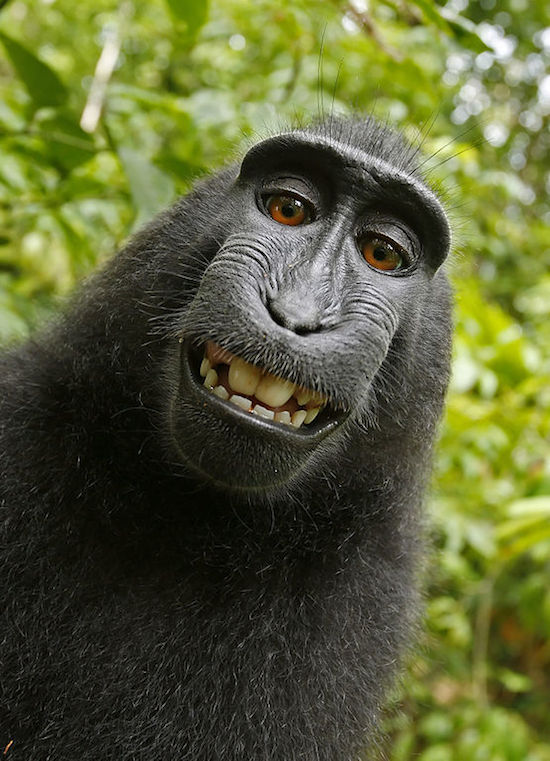Because like everyone but the really good people I don’t blog enough anymore, here is an honest-to-god blog post about an idea that’s not really there yet, but I keep thinking about.
Three takes on non-human photography, on a spectrum:
A camera slips from the operator’s grasp and tumbles through space. The imagery it captures – that distorted horizon space – is created by the physics of falling through space, and the technological capacity of the CCD. The former effects link it to the uses and abuses of slit-scan photography, the latter makes me think of iPhone’d plane propellors and drill cameras. The final intervention – yes, really, watch it to the end – introduces a carbon-based non-human entity into the scene alongside the silicon-based one which directed the previous thirty-seven seconds of footage. Which leads us to: You’ve seen variations on this for sure, but this one has a certain grace. The camera makes it possible, the seagull brings the agency, however unconscious or misdirected. And then there’s this, at the other end of the spectrum (possibly): Glory in the Macaca nigra for a moment there. The infamous monkey selfie: if you don’t know the story, read up on it. A copyright battle over a self-portrait by a monkey – it breaks everything. The human and the non-human meet technology (the triggered camera) and – crucially – the law, a whole other kind of technology, assembled over time, a macroscope or hyperobject which no one of us can quite grasp, but within which we are all inextricably embedded. And this should probably be a quadrant and not a spectrum, because next, but. Not on the line, but come on, really:
For reference, this gif is not on the above spectrum, despite the non-human director, because – for me – the human played too much of a part on the framing, but it is joyous and beautiful and I will watch it over and over again anyway. Consider it a palate cleanser before we proceed. Not even non-human
As wiser people have pointed out, human-animal relationships provide an interesting viewpoint on human-technological relationships. What happens when we free the camera from the eye, and thus from anthropocentrism? My go-to referents for this are the go-pro cinema of the Sensory Ethnography Lab: The above two films (Leviathan and Sweetgrass) use – I believe – Go Pro cameras extensively, and there are two sequences which for me encapsulate the approach. The first is the sequence in Leviathan where the camera spends some length of time at ground level, pushing its way through the viscera and fish-heads which roll across the deck of the featured fishing vessel: presumably on a (selfie?) stick or unipod (that word!) of some kind, the shot, enabled by the technology of the miniaturised HD camera, flees the eye, and shows us the world from a bug’s eye view – or really, from technology’s view. The second is not from Sweetgrass (he realises, belatedly) but Hell Roaring Creek, which I’m linking to but not embedding, because the full version is much longer than that clip, some 20 minutes, and really captures another kind of non-human viewpoint, that of duration rather than of perspective. Hell Roaring Creek is a fixed camera watching an event; it’s gaze is more constant, more involved, and more attuned, than a human eye could ever be. We cannot watch, and see, like this, without augmentation. What does this sound like, really?
What I am getting at, of course, is another way into the agency of non-human agents, a way of visualising the way machines see, which involves a kind of translation into the human sensorium. Duration and perspective are the dimensions of cinema, but there seems to me to be something crucial occurring in this kind of cinema, which is an aestheticisation of the machine view, of the surveillance camera, the drone, the missile, the Street View Car and the satellite (excuse the preponderance of violence in this list, it’s what I have to hand and this post is an attempt to move beyond that set of referents). Of course the human director is there, but it cannot be denied that another framing is available. It’s what we used to call the God’s Eye View, or what I there called the bug’s eye view, but like everything else we must find new terms for – non-deist, non-biocentric – because we cannot continue to pretend our metaphorical environment is that denuded. Lighten up, eh?
This is already too long for the blog post I set out to write, so let’s close with a couple of artefacts from the proper History of Cinema. Girl Chewing Gum (John Smith, 1976) is always worth rewatching, the moment when cinema escapes human direction and gives itself up to the world: And suggested to me by a friend the last time I attempted to expound the above, Jacques Tati’s Playtime (1967) – not really for this clip, which I place here for your pleasure in itself, but the office and street scenes, where the camera wanders from its subject or stands at such a distance that all coherence falls apart, and we gaze upon the whole scene, with every sound and action presented equally, full of its own significance and possibility.
Comments are closed. Feel free to email if you have something to say, or leave a trackback from your own site.